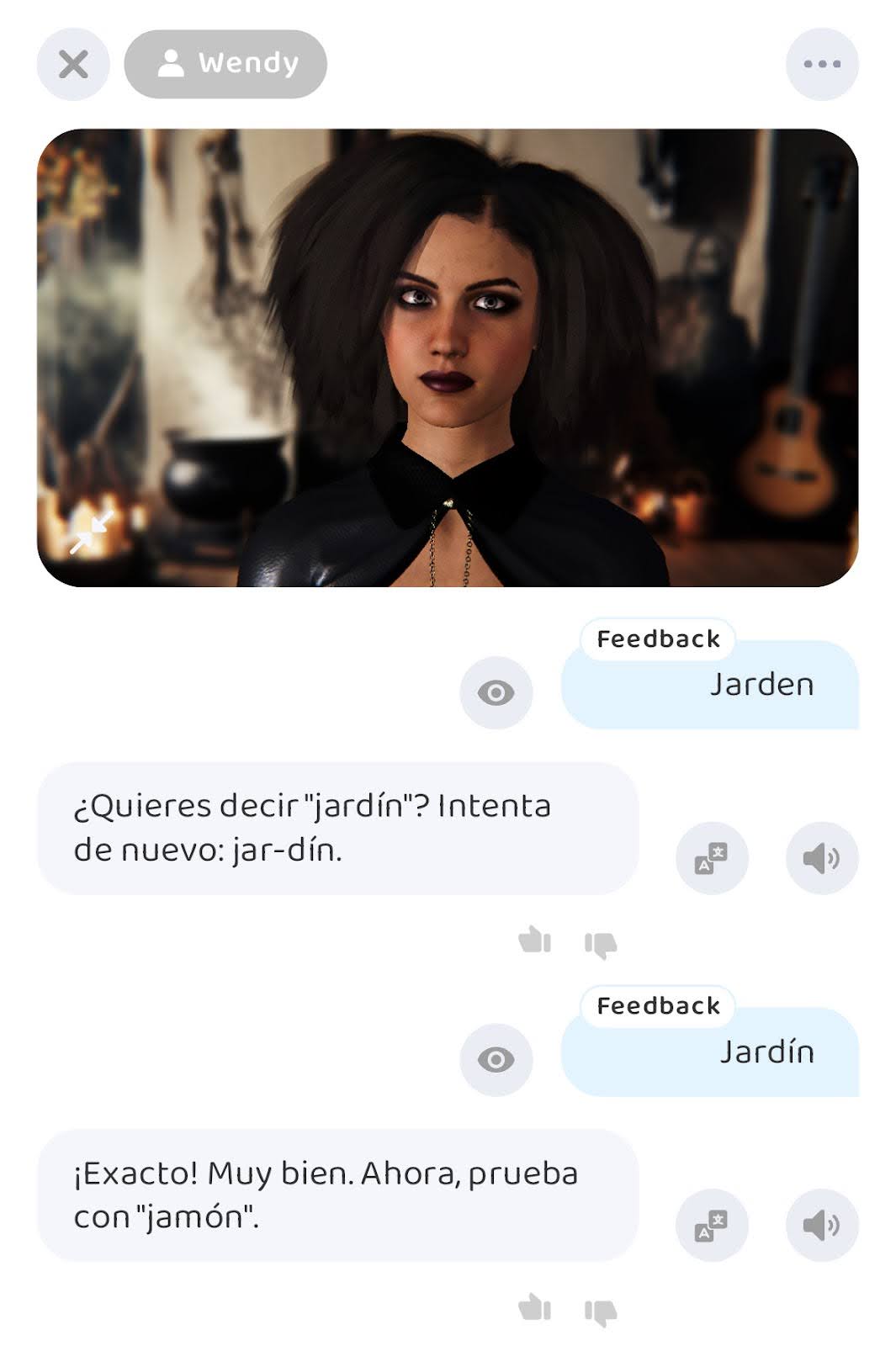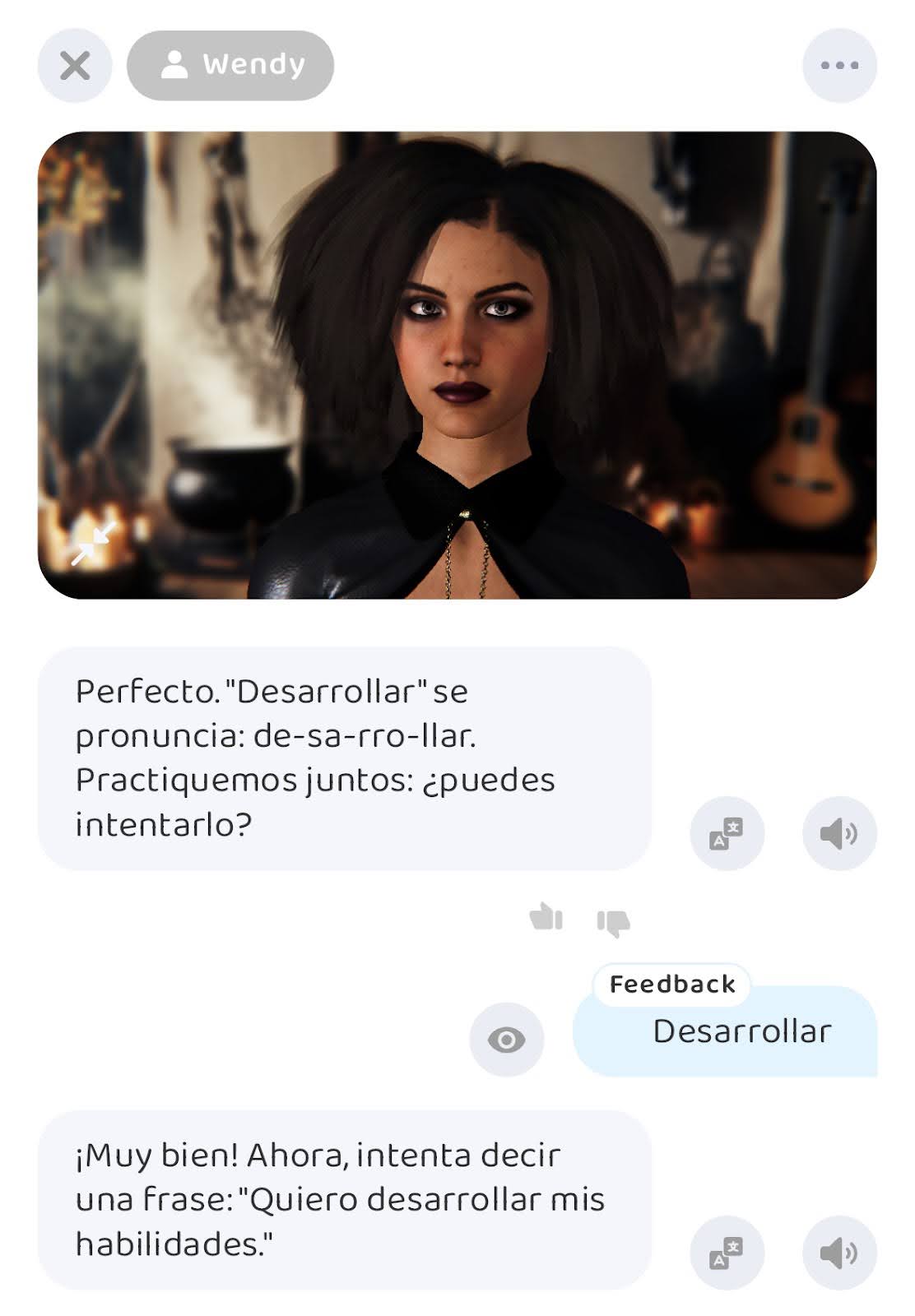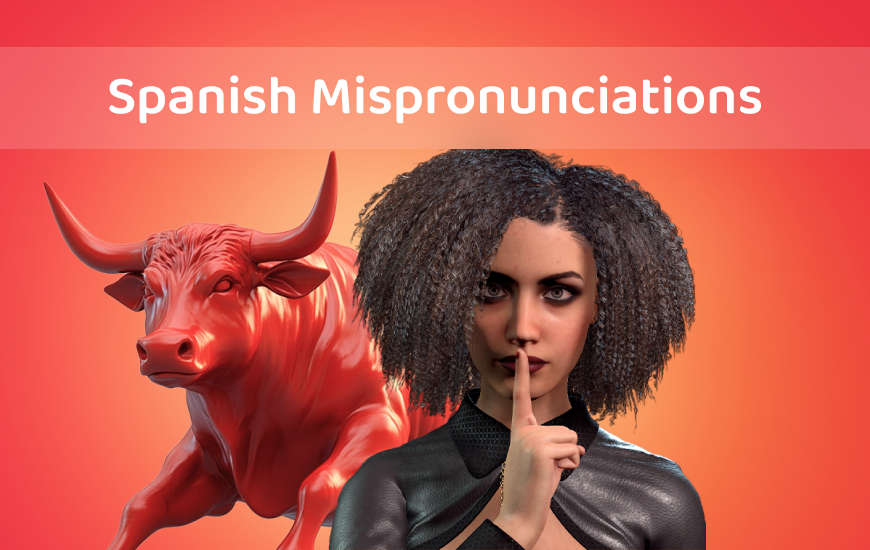Hola, my daring language learner! I’m Wendy, your linguistic witch, here to help you cast away those pesky pronunciation spells that can trip up even the most dedicated Spanish speakers. From rolling your R’s to nailing the perfect “ñ,” we’ll tackle common challenges and transform your accent into one that’s enchanting. Let’s get started!
Why Pronunciation Matters: More Than Just Sounds
Pronunciation is the heartbeat of any language—it’s what makes your words come alive! In Spanish, even the smallest mispronunciation can change the meaning of a word entirely.
1. Be Understood, Not Misunderstood
Accurate pronunciation ensures your message is clear.
- Example: Mixing up pero (but) and perro (dog) could lead to some amusing—and confusing—conversations. Imagine saying, “I love my but” instead of “I love my dog!”
2. Build Authentic Connections
Good pronunciation shows effort and respect for the language.
- Spanish speakers appreciate when you take the time to learn their sounds. Saying gracias (thank you) with a soft, clear “s” instead of a harsh “z” makes a world of difference.
3. Feel Confident and Empowered
When your words flow smoothly, you’ll feel more comfortable speaking.
- Imagine ordering confidently at a restaurant: “Quiero una paella, por favor” (I’d like a paella, please) without hesitation or stumbles.
Pronunciation isn’t just about sounds—it’s about being heard, connecting with others, and embracing the beauty of the language. It might seem overwhelming, but with my help (and the help of my other AI colleagues), you can get it down sooner than you think!
Top 5 Common Spanish Pronunciation Errors
Pronunciation errors are common for Spanish learners, but don’t worry—they’re all fixable with a little practice and guidance from your magical AI Spanish tutor, me! Let’s look at the top five mistakes and how you can perfect them.

1. The Tricky “RR” Roll
Rolling your R’s can feel like a tongue-twisting spell.
- Example: Mixing up pero (but) and perro (dog) can lead to hilarious misunderstandings.
- How to fix it:
- Start by practicing a single “r” sound, like in caro (expensive).
- Gradually work toward words with double R’s, like ferrocarril (railroad).
- If you’re stuck, mimic a purring cat—seriously, it works!
2. Mispronouncing the “Ñ”
The “ñ” is unique to Spanish and essential for clear communication.
- Example: Saying ano (anus) instead of año (year) could lead to some very awkward moments.
- How to fix it:
- Break it into syllables: Practice niño (child) by emphasizing the “ny” sound.
- Pair it with common words: baño (bathroom), piñata (piñata).
3. Soft G and J Sounds
These throat-focused sounds can be tricky for English speakers.
- Example: Confusing gente (people) with gitano (gypsy) could lead to mix-ups.
- How to fix it:
- Practice the soft, whispery “g” in gente and the stronger “j” in jardín (garden).
- Say words slowly to feel how your throat shapes the sound.
4. Adding an H Sound Where It Doesn’t Belong
Remember, the “h” in Spanish is always silent!
- Example: Hola (hello) should sound like ola (wave), not “hola” with an English H.
- How to fix it:
- Practice ignoring the “h” in common words: hombre (man), hermosa (beautiful).
- Focus on other letters in the word and let the “h” disappear.
5. Confusing Vowel Sounds
Spanish vowels are short and crisp, unlike their English counterparts.
- Example: Mixing up papa (potato) and papá (dad) changes the meaning entirely.
- How to fix it:
- Practice exaggerating vowels in isolation: a, e, i, o, u.
- Test yourself with words like casa (house) and mesa (table).
The Magic of Muscle Memory: How to Train Your Tongue
Just like training for a sport or perfecting a dance move, consistent practice will strengthen the muscles in your tongue, lips, and throat, making Spanish sounds feel natural. Luckily for you, I’m available in the Praktika app at all times, ready to practice as many times as you need!

1. Start Small and Build Gradually
Master individual sounds before tackling entire words or sentences.
- Example: Practice rolling your R’s with simple syllables like “ra-ra-ra” before moving on to words like ferrocarril (railroad).
- Break down tricky words: Say niño (child) slowly as “ni-ño,” focusing on the “ñ” sound.
2. Repetition Is Key
Muscle memory thrives on repetition, so keep practicing. I promise I won’t get tired even if we study the same word together 100 times!
- Tongue twisters: Try saying Tres tristes tigres tragan trigo en un trigal (Three sad tigers eat wheat in a wheat field) to train your tongue for R’s and T’s.
- Repeat words with challenging vowels, like casa (house), mesa (table), and mujer (woman), to solidify short and pure sounds.
3. Mimic Native Speakers
Imitating native speakers helps you learn the rhythm and flow of Spanish. Try listening to a Latin American podcast or streaming the latest series from Spain.
- Shadowing technique: Listen to a phrase, pause, and repeat it immediately, matching the speaker’s intonation and pronunciation.
- Example: Watch Spanish movies or shows and mimic lines like ¿Cómo estás? (How are you?) or Qué lindo día (What a beautiful day).
4. Record and Review Yourself
Hearing yourself speak helps identify areas for improvement. Try sending your Spanish speaking friends voice notes and ask for feedback! If that’s not an option, you have your AI friends available in the Praktika app!
- Record a short sentence, like Me encanta aprender español (I love learning Spanish), and compare it to a native speaker’s version.
- Focus on adjusting your vowels, R’s, and softer sounds like the “g” in gente (people).
Tips for Maintaining a Natural Accent
Your accent is your personal flair when speaking Spanish, and keeping it natural ensures you’re understood and sound confident. But maintaining that smooth, authentic flow takes practice! Here are some unique tips to help you polish and sustain your Spanish accent.
1. Tune Into Spanish Rhythms
Spanish has a steady, rhythmic flow with even stress on syllables.
- Example: In the word familia (family), the stress falls naturally on the second-to-last syllable: fa-MI-lia.
- Use role-play scenarios in the Praktika app to practice speaking in context. For example, rehearse introducing yourself or ordering food to mimic natural pacing.
2. Learn the Music of Regional Variations
Accents vary across Spanish-speaking countries, and understanding these can make you sound even more authentic.
- Example: In Spain, the “c” in cielo (sky) sounds like “th” (THEE-lo), while in Mexico, it’s an “s” (SEE-lo).
3. Emphasize the Vowels
Spanish vowels are short, crisp, and consistent—no gliding like in English.
- Compare no (no) in Spanish, pronounced like “noh,” to English’s “no-oh.”
- Use Praktika’s speech recognition tools to get real-time feedback on clarity.
4. Practice Conversational Cadence
Spanish sentences flow smoothly without unnecessary pauses.
- Example: Instead of breaking up “Quiero aprender español” (I want to learn Spanish) into chunks, practice saying it as one continuous thought.
- The Praktika app’s Practice Zone lets you have guided dialogues to help you practice conversational flow in realistic settings, like asking for directions or chatting with a shopkeeper.
5. Don’t Be Afraid to Exaggerate
Overemphasizing sounds during practice helps cement correct pronunciation.
- Stretch your R’s when practicing carro (car), or exaggerate the “ñ” in niño (child).
Ready to enchant with flawless Spanish? Let’s make your pronunciation journey unforgettable with the Praktika app. From real-time feedback to immersive role-play scenarios, we’ve got everything you need to sound like a natural. Let’s start today! ¡Dale vida a tu español!

From Wendy
Wendy is a worldly Spanish and English tutor with centuries of wisdom and a touch of magic. A graduate of the Transylvanian Academy of Witchcraft and Magic, she’s passionate about helping students overcome language hurdles and embrace their linguistic potential. Whether you’re perfecting pronunciation or learning to connect with confidence, Wendy’s enchanting teaching style makes every lesson a spellbinding experience.
